
What is a Corn? InStride Queen City Foot and Ankle Specialists Podiatrists
A corn is where the skin thickens as a response to mechanical stress. Mechanical stress consists of either shear, friction, pressure, torsion or tension acting on the body. Corns can occur elsewhere in the body, but they are more commonly seen in the feet. Corns appear as a rough, tough, yellow patch of skin that can be round or raised in.
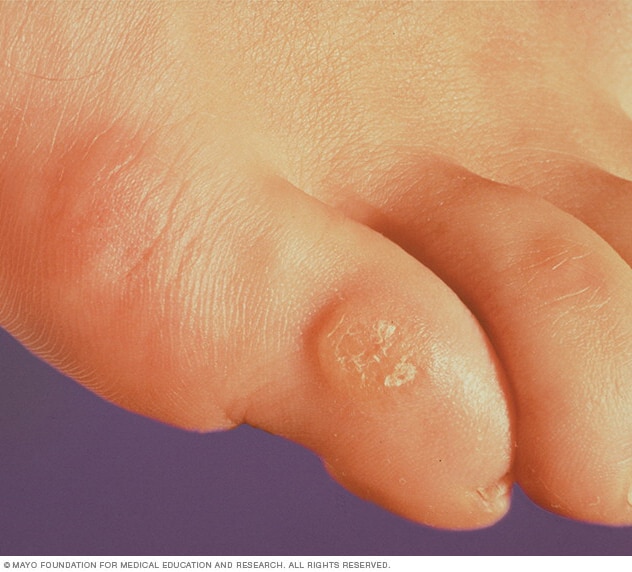
Corns and calluses Symptoms and causes Mayo Clinic
Soak your feet regularly and use a pumice stone or callus file to soften and reduce the size of corns and calluses. Wear a donut-shaped foam pad over the corn to help relieve the pressure. Use non-medicated corn pads; medicated pads may increase irritation and result in infection. Use toe separators or a bit of lamb's wool (not cotton) between.

Corns and Calluses Brampton Foot Clinic
rough, tough, yellowing patch of lumpy or bumpy skin skin that's sensitive to touch pain when wearing shoes Foot corns can be safely treated, and you can even prevent future ones. Keep reading.

Corns of the feet and the different types Dubai Podiatry Centre
A plantar callus is found on the bottom of the foot. What Causes Corns and Calluses? Some corns and calluses on the feet develop from an improper walking motion, but most are caused by.
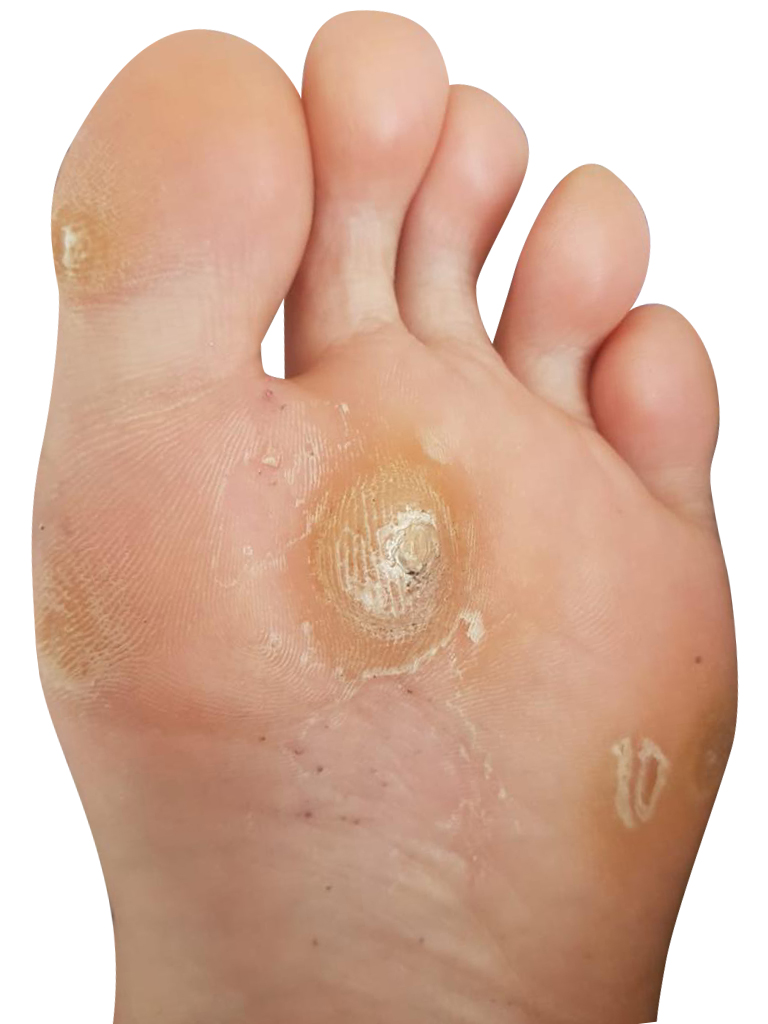
Corns of the feet and the different types Dubai Podiatry Centre
Corns and calluses (hyperkeratosis) are painful areas of thickened skin that appear on the hands, between the toes, and on the soles of the feet. Read about causes, treatment, home remedies, symptoms, signs, and removal, and see pictures.
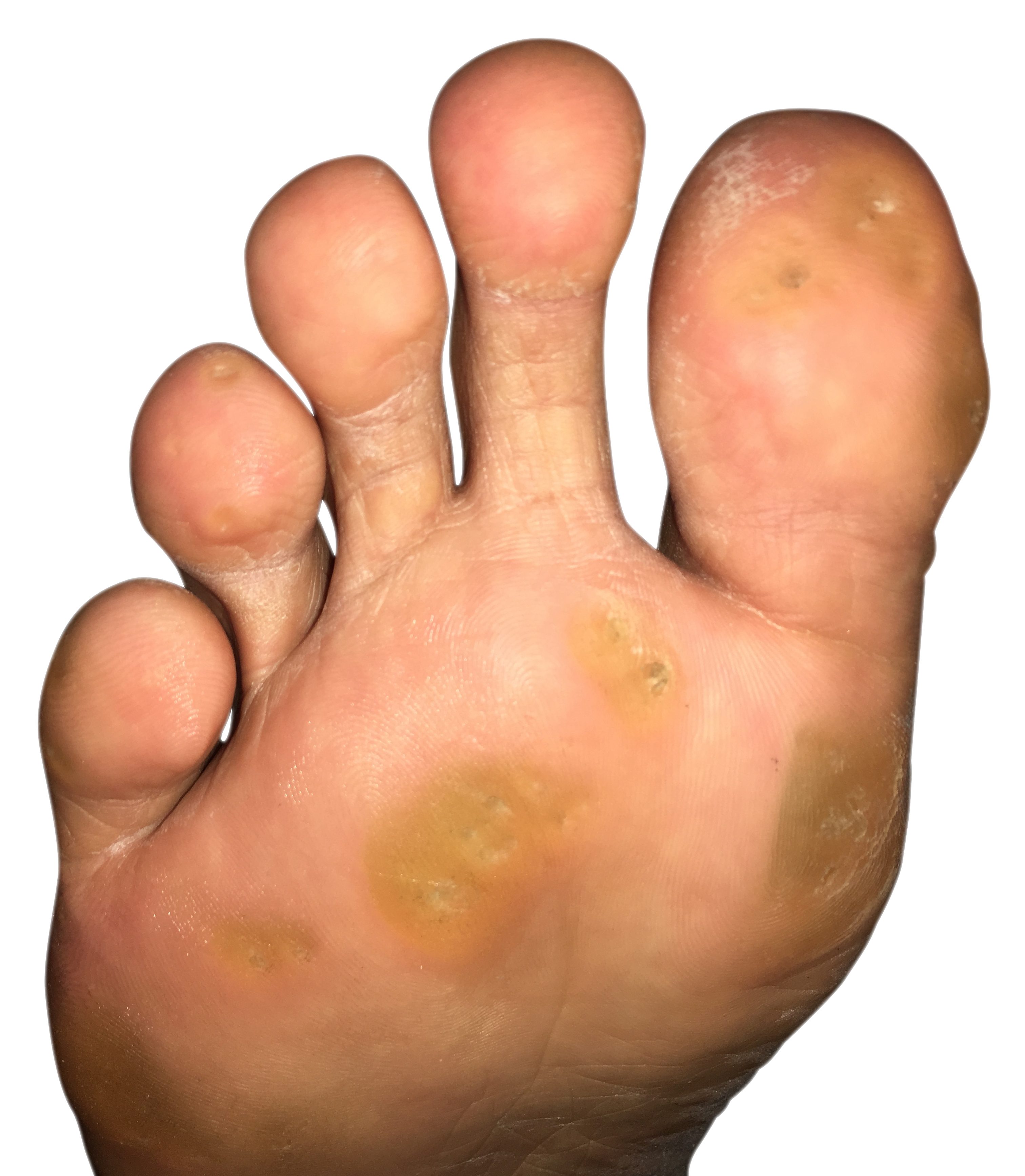
Corns of the feet and the different types Dubai Podiatry Centre
Your toes The tops of your feet They often form in places where the bones are close to the surface of the skin, called bony prominences. A foot corn can also form between your toes. Foot corns are somewhat common, affecting almost half of the population. This article describes a foot corn, its types, symptoms, causes, diagnosis, and treatment.

All About Corns and Calluses Beauchamp Foot Care Beauchamp Foot Care
Corns and Calluses. Corns and calluses on the feet are thickened areas of skin that can become painful. They are caused by excessive pressure or rubbing (friction) on the skin and can lead to foot problems, especially on walking. The common cause is wearing ill-fitting shoes. A person who is qualified to diagnose and treat foot disorders (a.
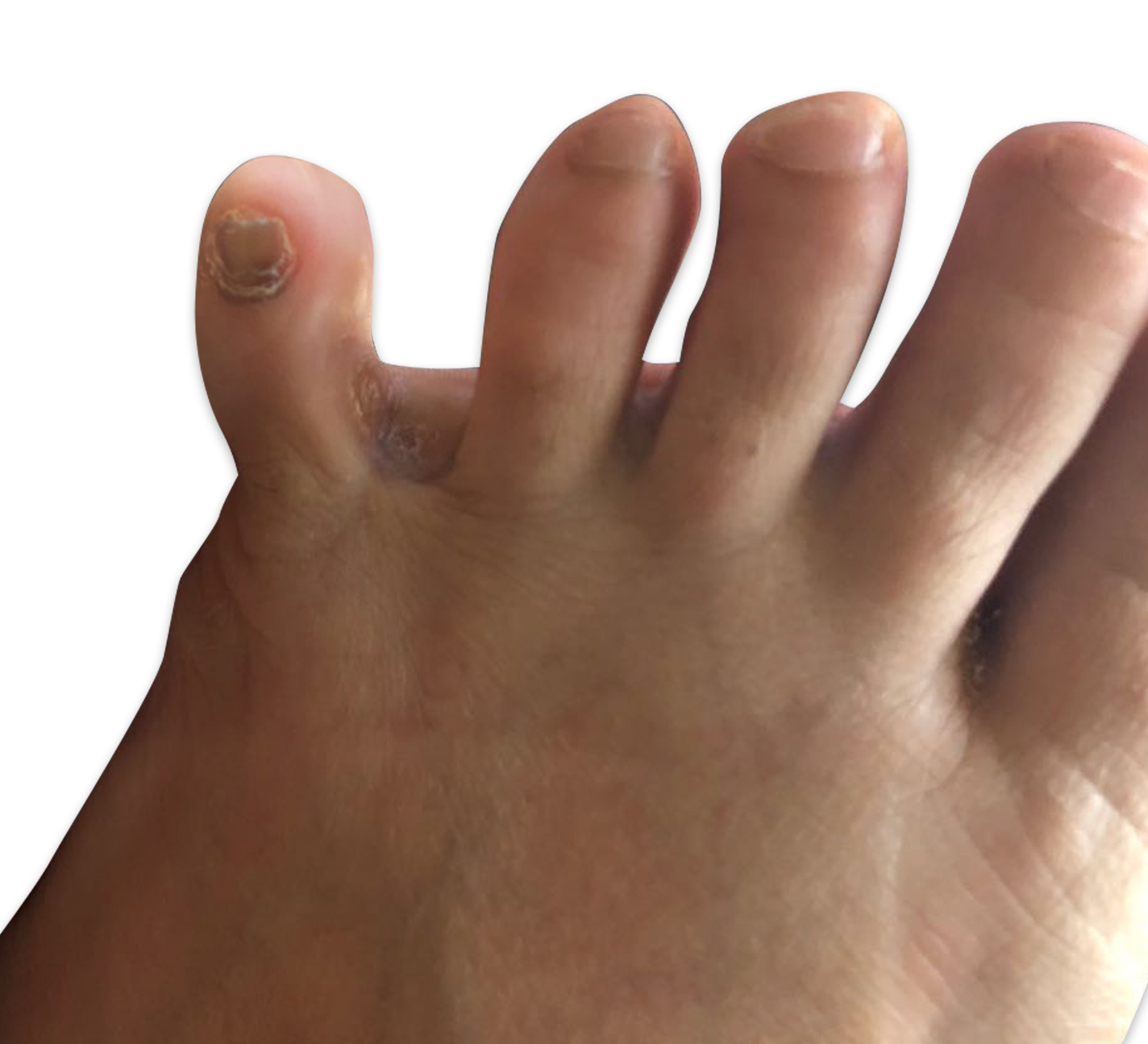
Corns of the feet and the different types Dubai Podiatry Centre
Great Prices On Millions Of Items. Get It On eBay. Over 90% Of All Products On eBay Are Brand New. Big Brands, Top Retailers.

Corns and calluses Morecroft's Podiatry Services, Lilydale
If protecting the corn from further irritation doesn't solve your problem, dermatologists recommend the following steps to get rid of corns: 1. Soak your foot in warm water. Make sure the corn.
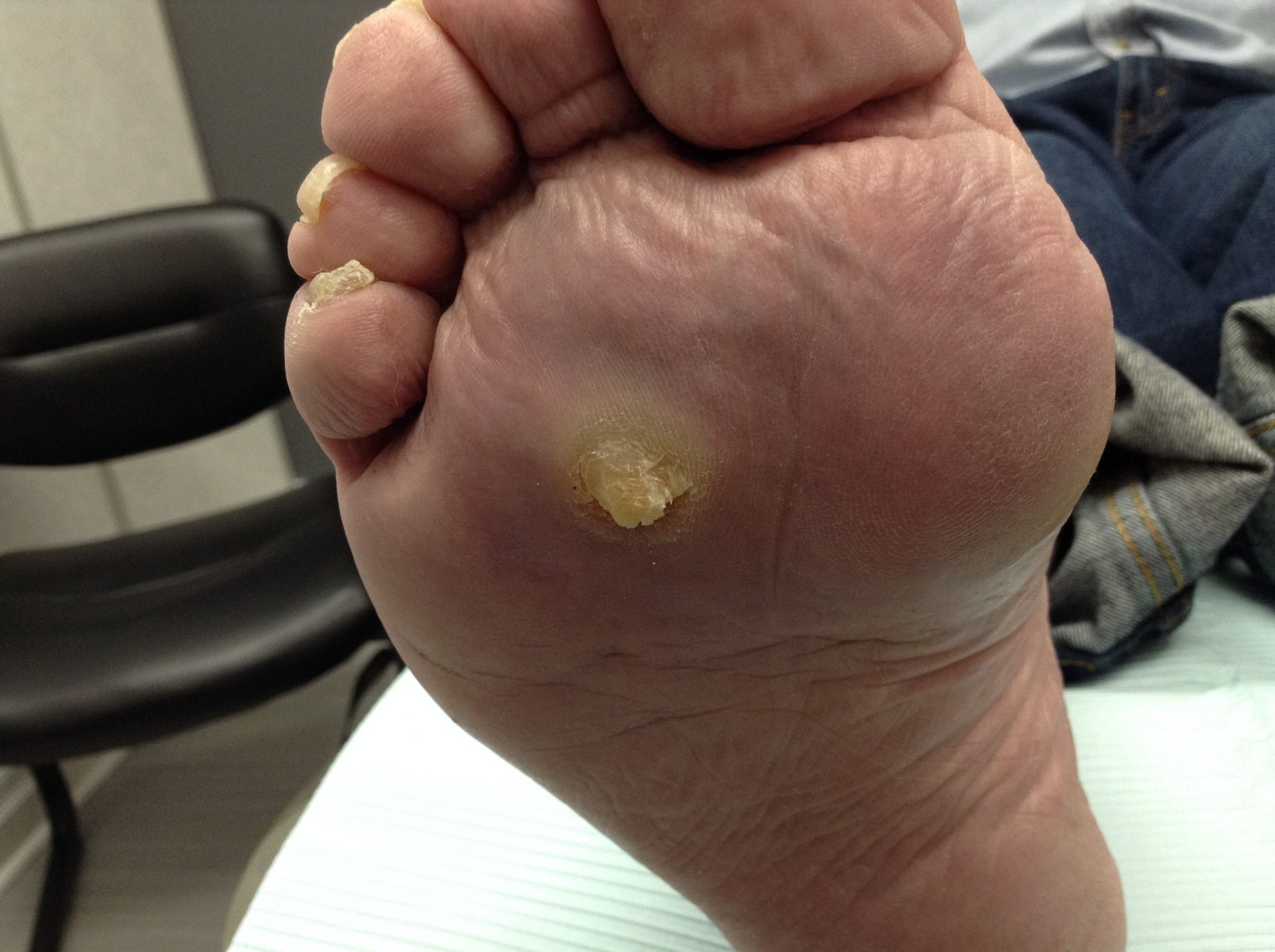
Calluses and Corns / Callosités et Cors Bruyere Foot Specialists
A corn is similar to a callus in that it is an area of thickened skin caused by pressure or friction, however, there are a few key differences that separate the two. A corn is smaller and has a painful "core" centre surrounded by inflamed skin. As the corn becomes thicker and bigger they develop internally in deeper layers of skin often causing.
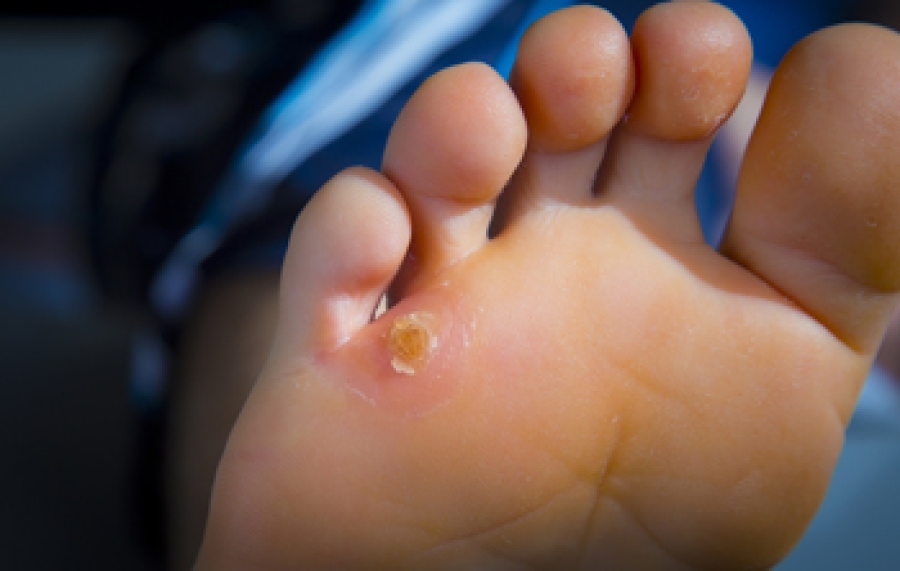
The Facts on Foot Corns
What does a corn look like after it's removed? These before and after pictures of corns will help you narrow down which type you have!

Corns and calluses What's the difference and how can I treat them?
causes Diagnosis & treatment Overview Corns and calluses are thick, hardened layers of skin that develop when the skin tries to protect itself against friction or pressure. They often form on feet and toes or hands and fingers. If you're healthy, you don't need treatment for corns and calluses unless they cause pain or you don't like how they look.
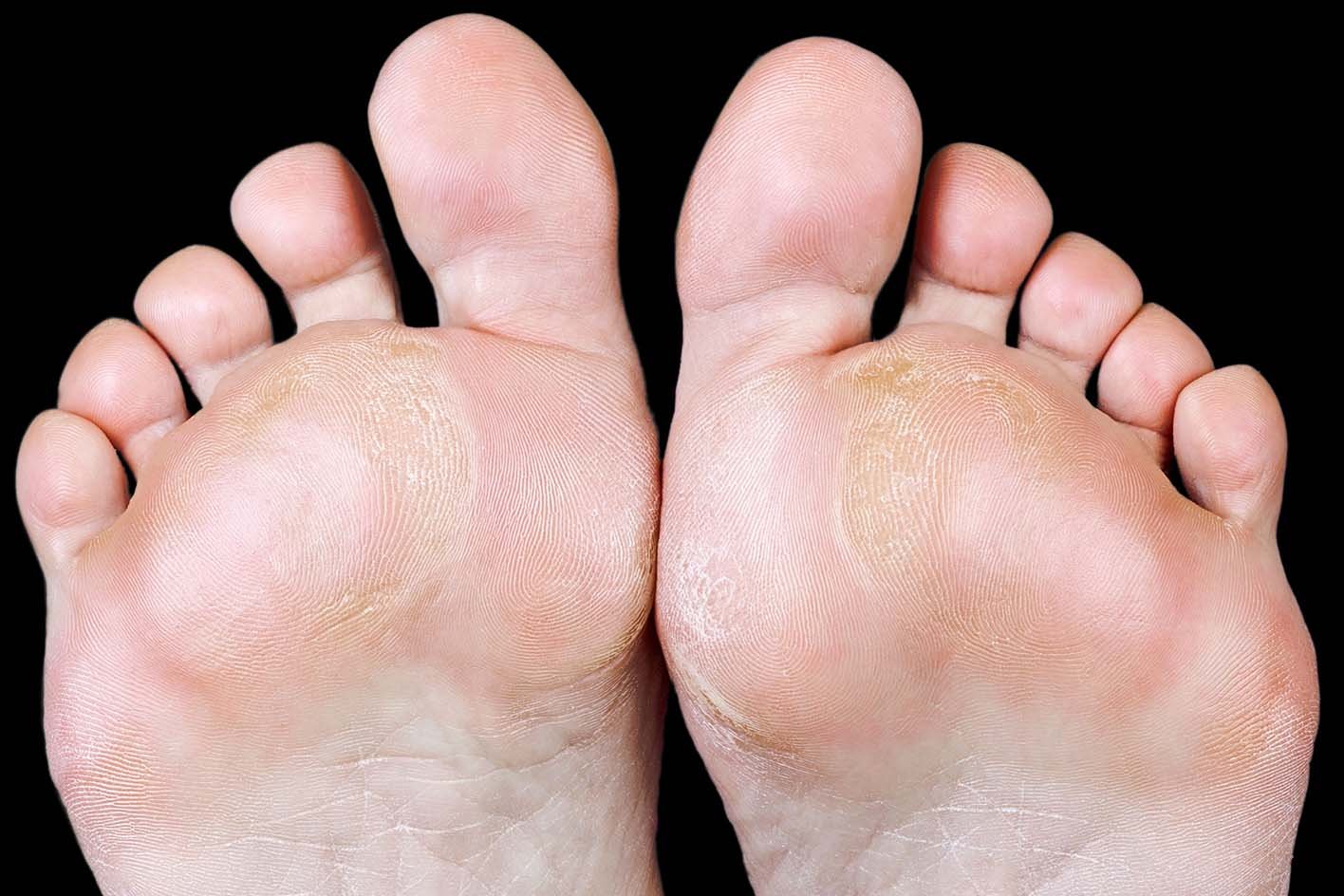
Corns and calluses NHS
1 Learn what a corn looks like. In order to assess whether you have corns, you should first learn the basic physical appearance of corns.
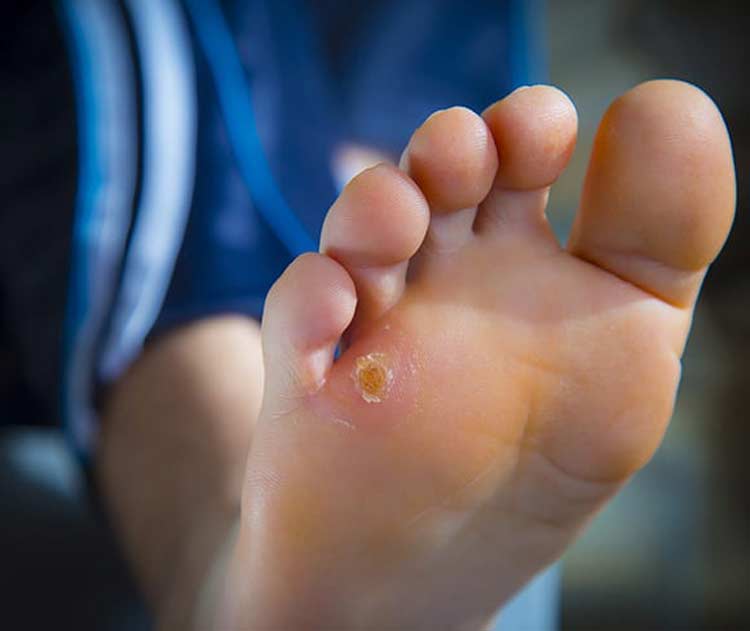
Corns & Calluses Burbank Podiatrist Los Angeles Foot & Ankle Center
Corns and calluses are common skin lesions in which there is a localised area of hard, thickened skin. A corn (clavus, heloma) is inflamed and painful. A 'soft corn' (heloma molle) is a corn where the surface skin is damp and peeling, for example between toes that are squashed together. A callus (tyloma) is painless.

How To Identify Corns And Steps To Treating Them Effectively
Overview What are corns and calluses? Corns and calluses are a buildup of hard, thick areas of skin. Although these hardened areas of skin can form anywhere on your body, you'll usually see them on your feet, hands or fingers. What's the difference between a corn and a callus? Corns and calluses are essentially the same tissue.
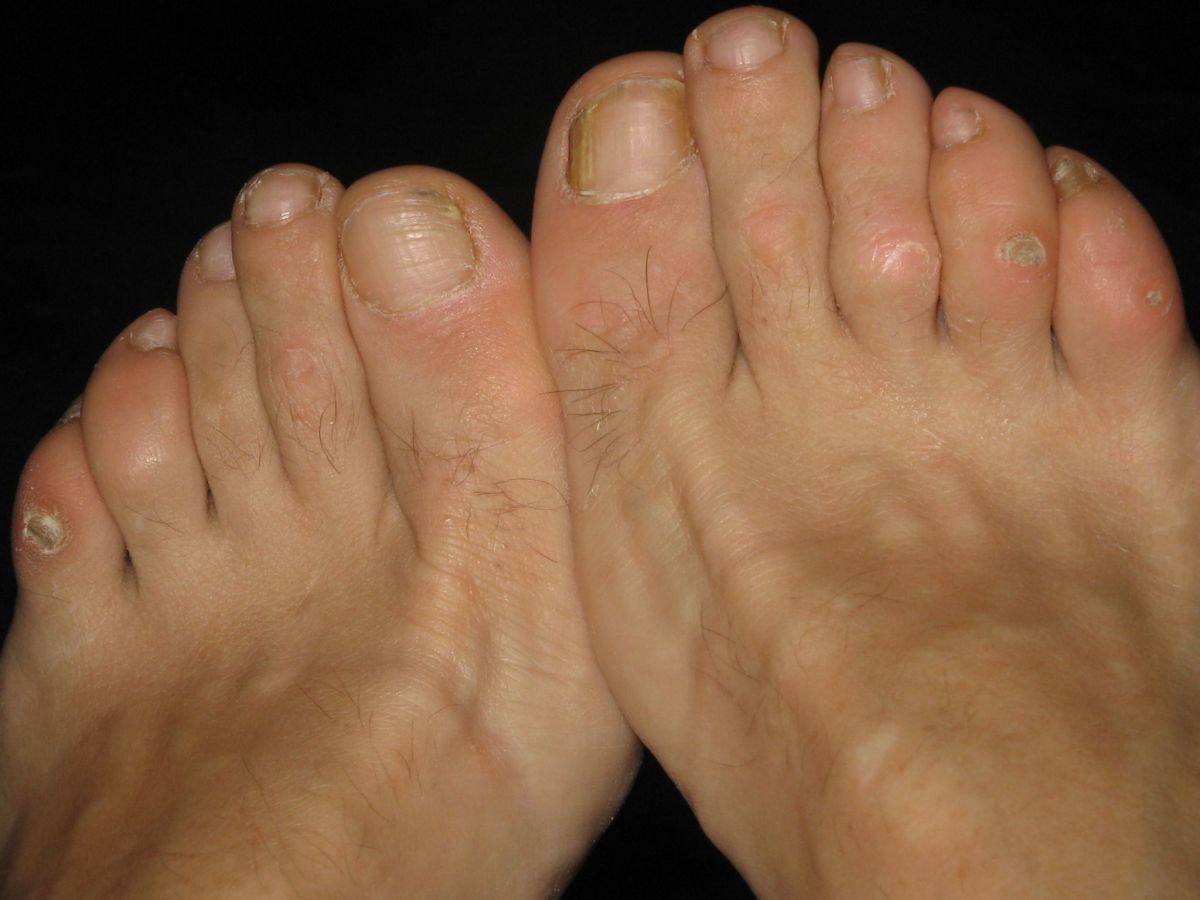
How to Get Rid of Corns on Your Feet Naturally RemedyGrove
Trimming away excess skin. Your health care provider can pare down thickened skin or trim a large corn with a scalpel. This can be done during an office visit. Don't try this yourself because it could lead to an infection. Medicated patches.